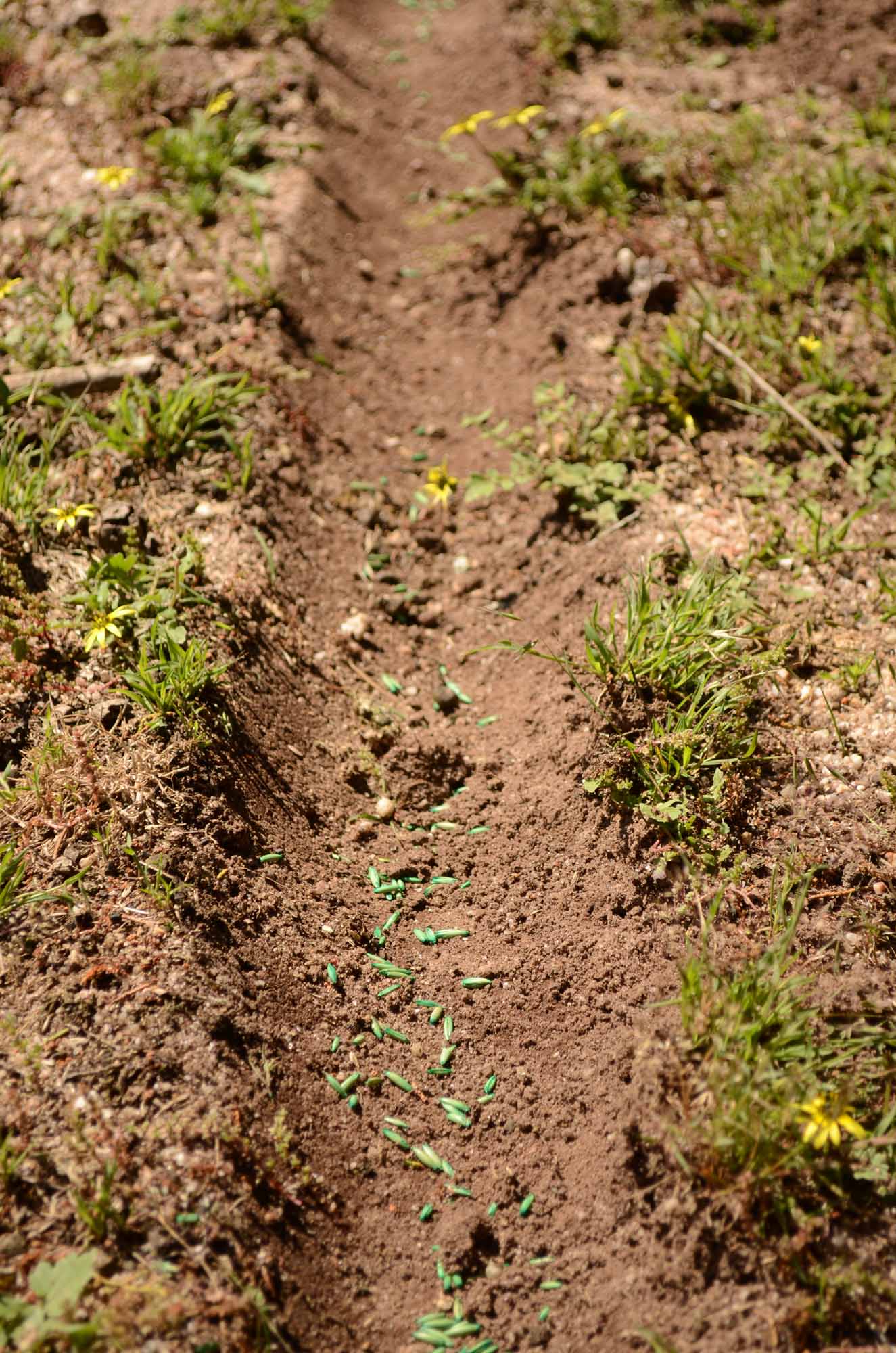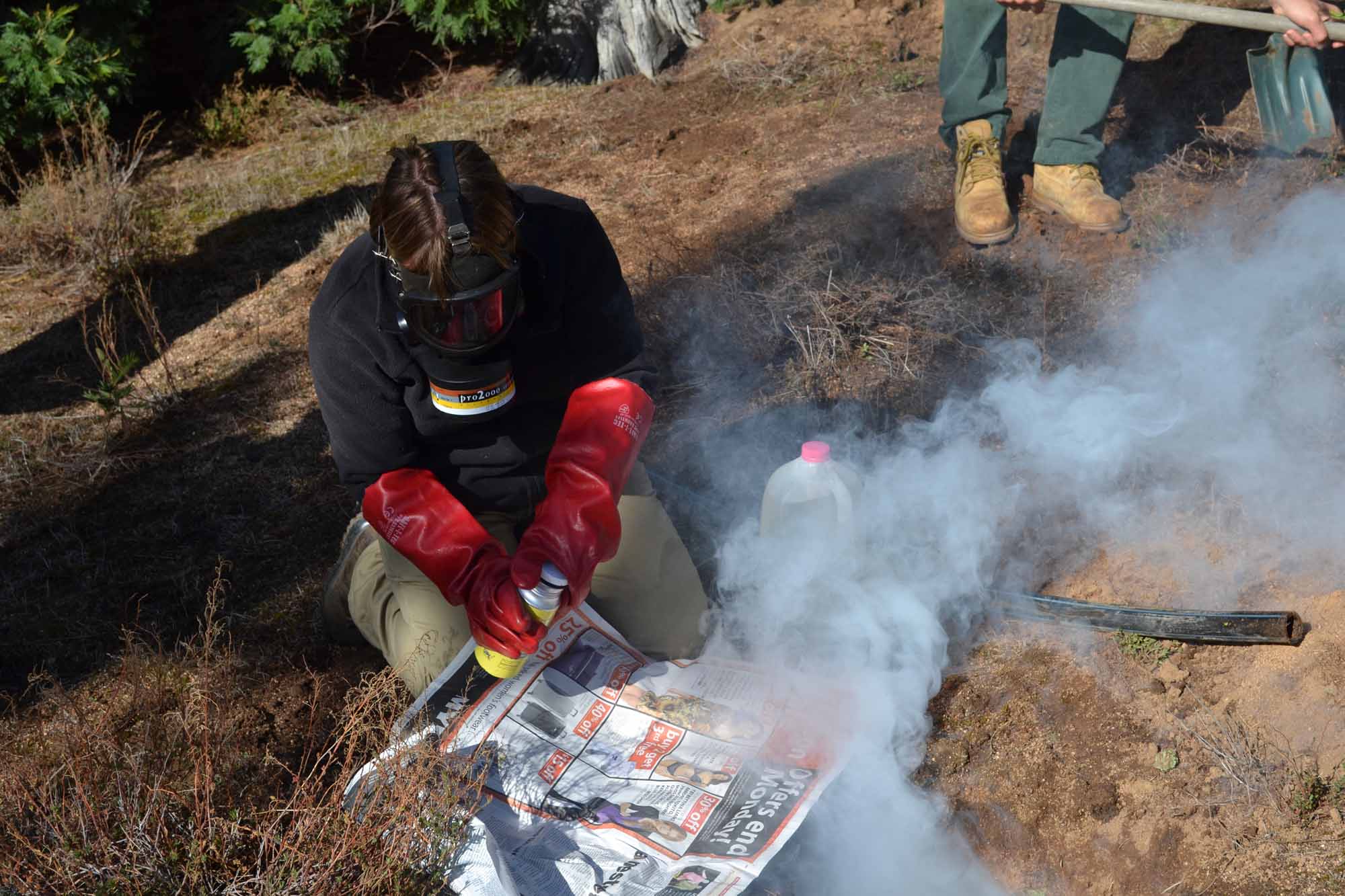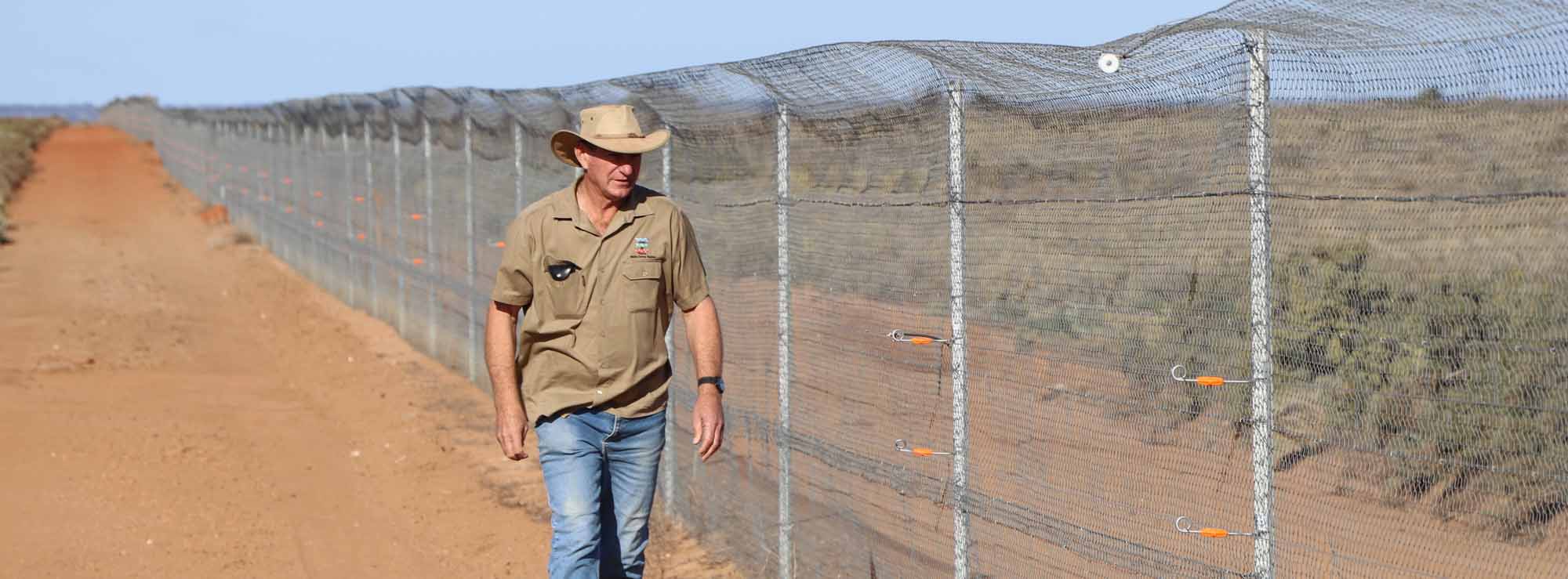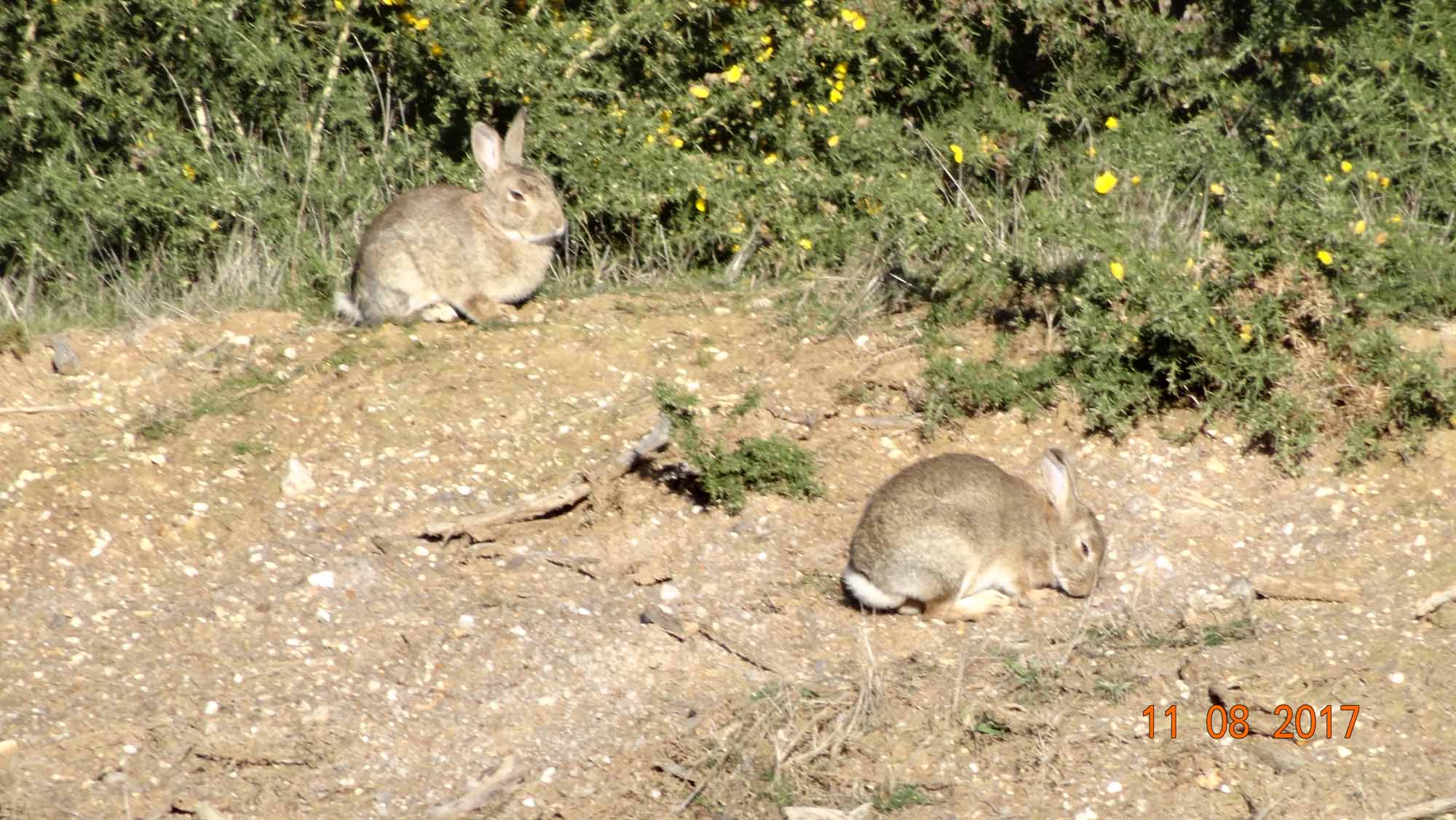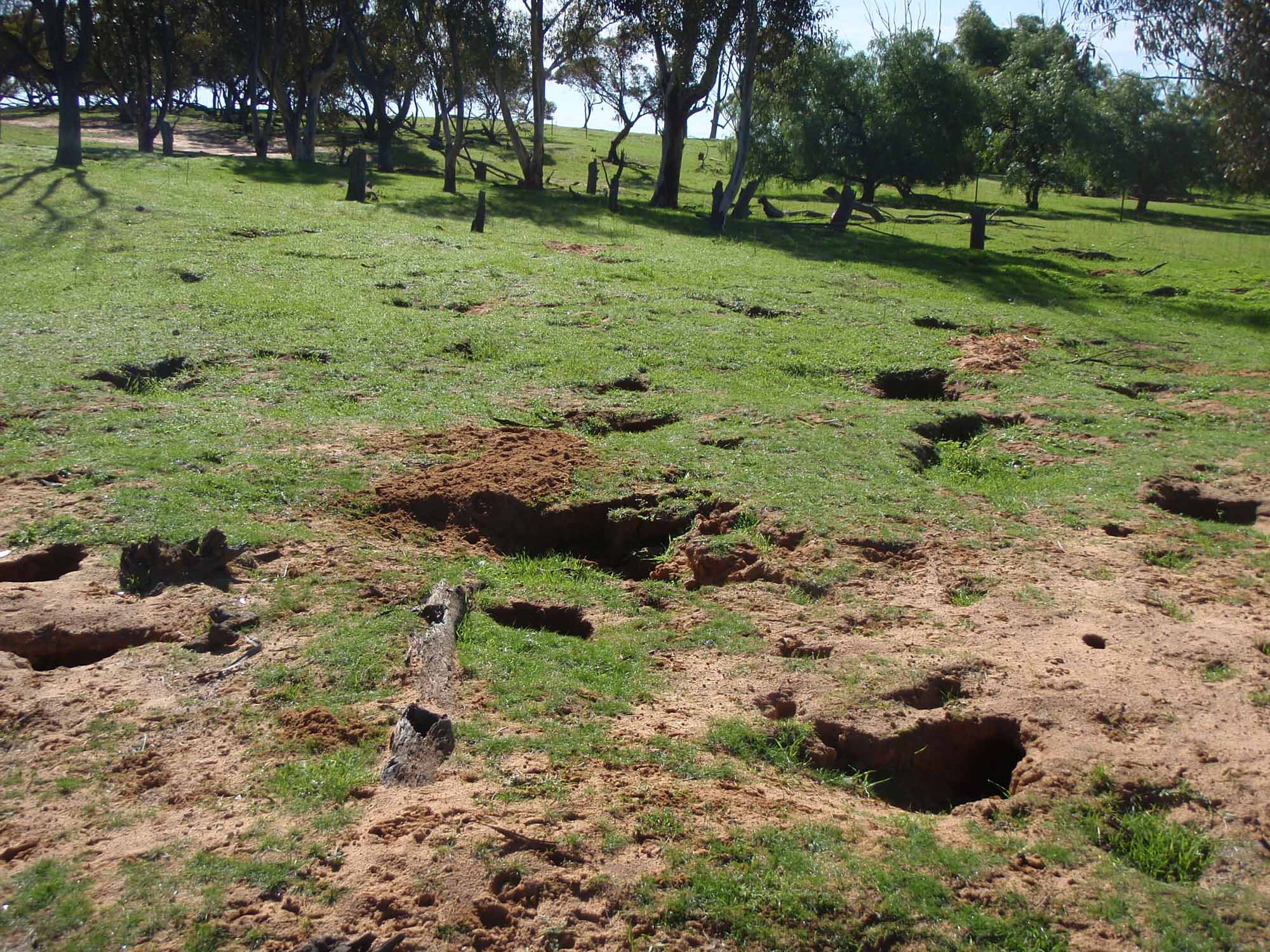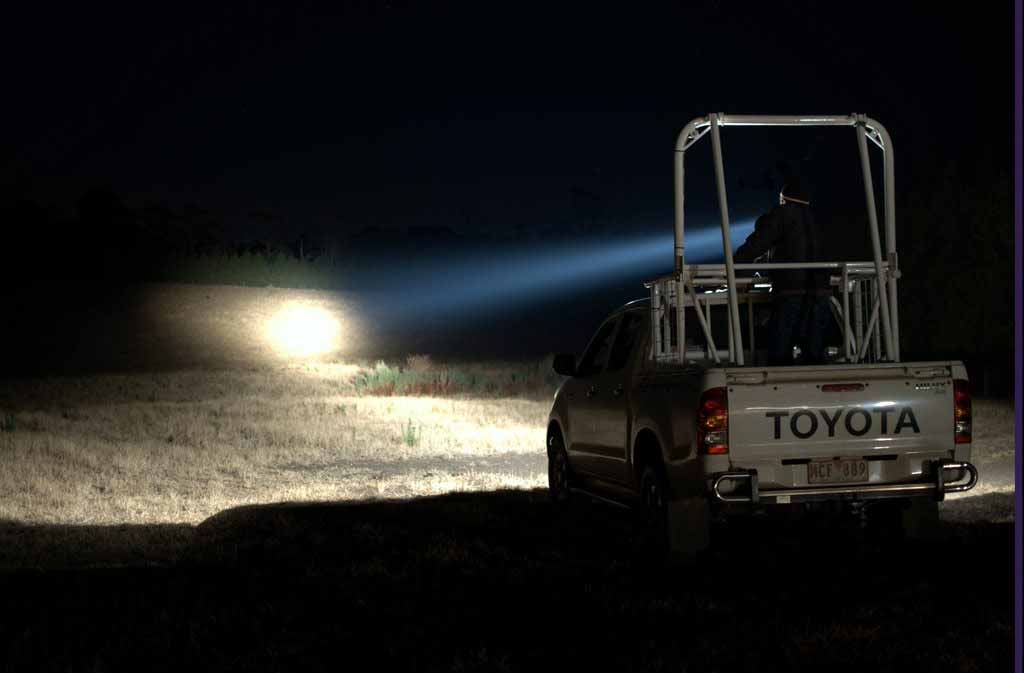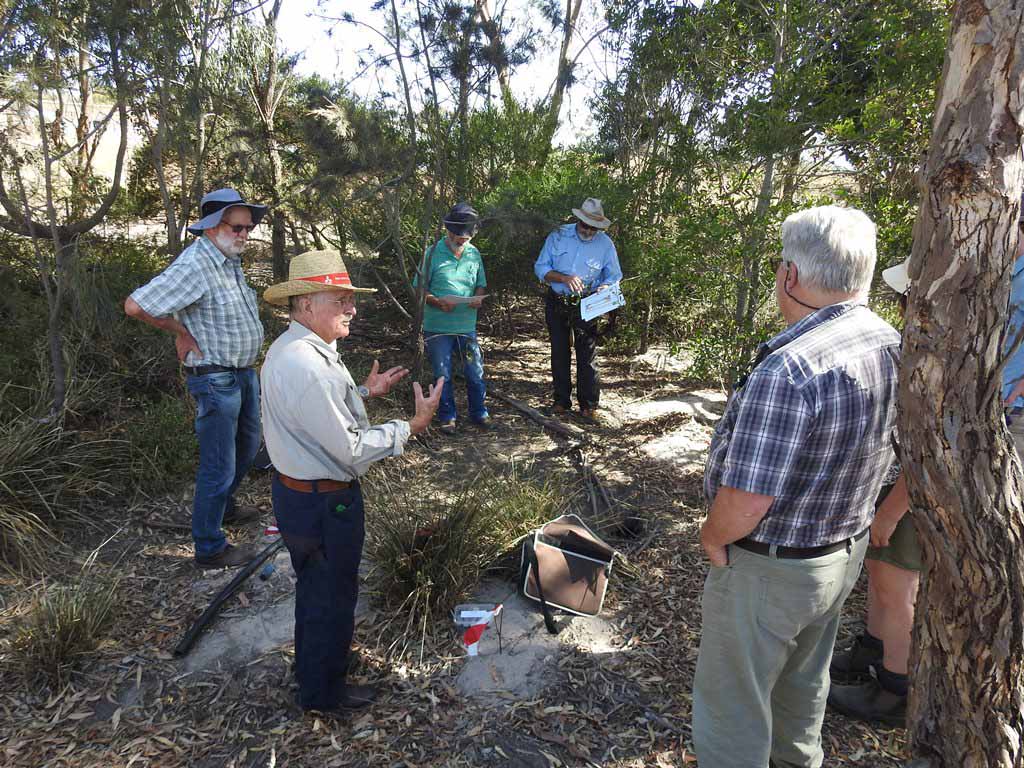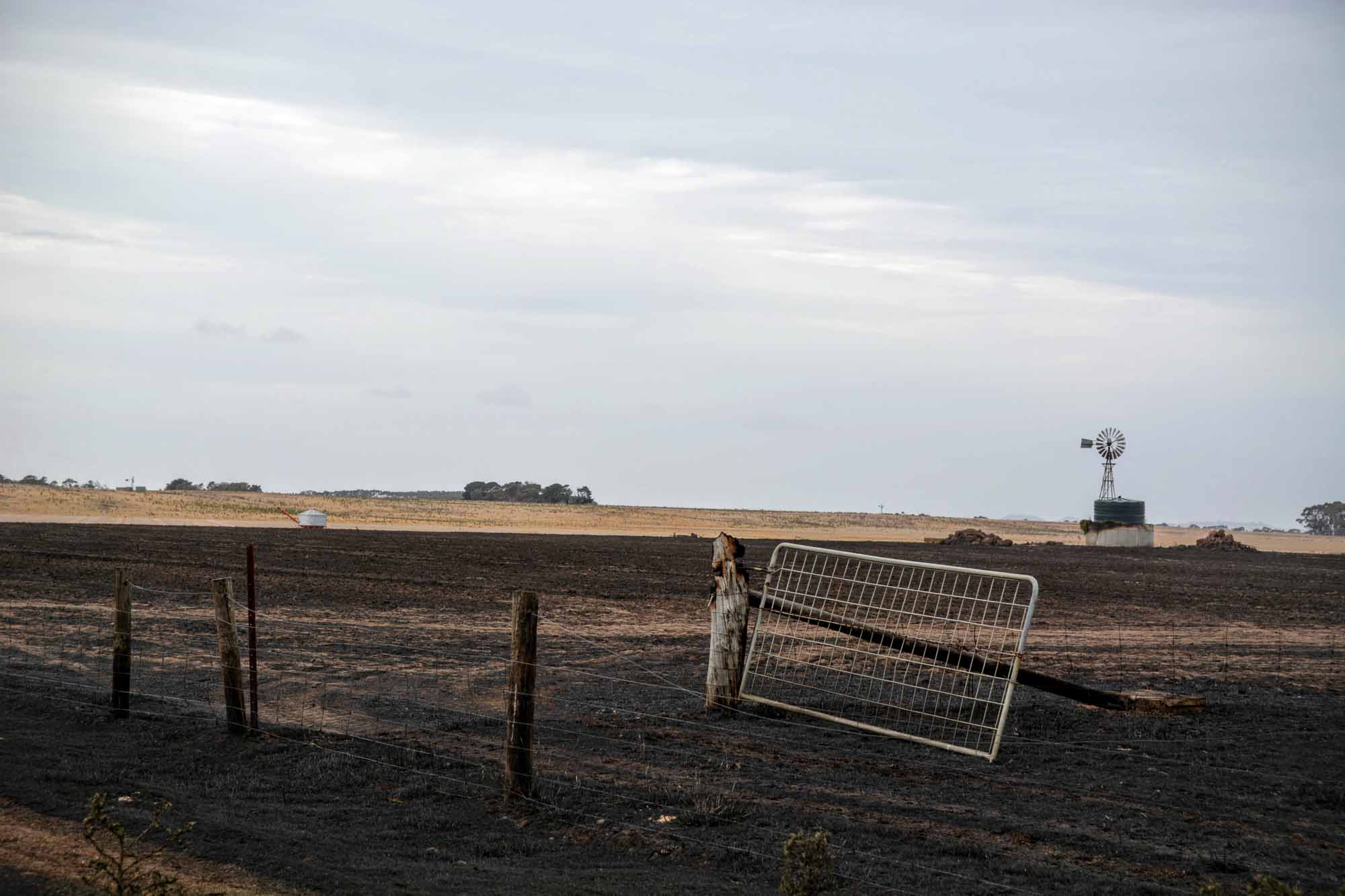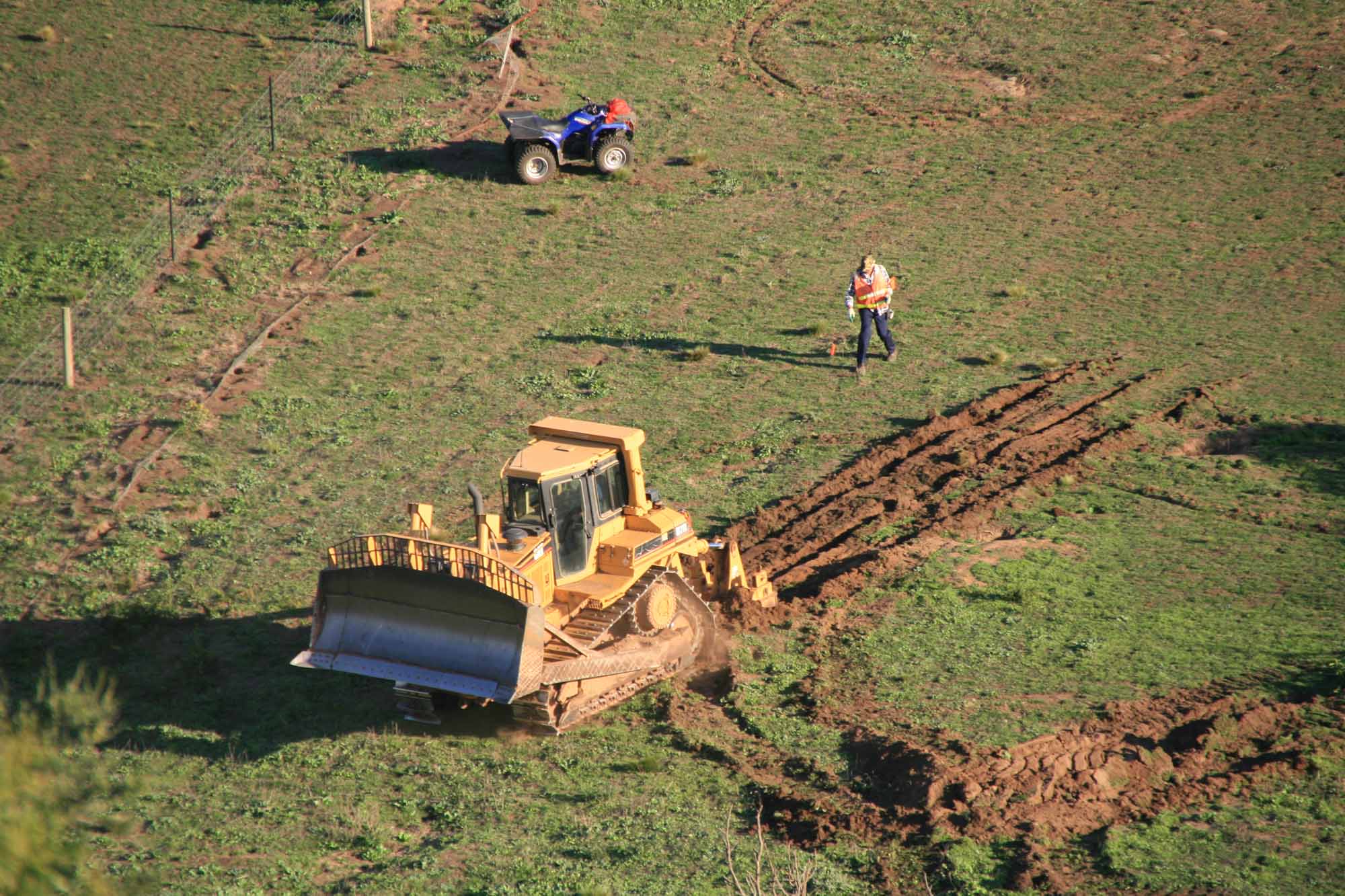Programs include monitoring to determine rabbit populations and feeding zones, laying trail without poison (free feed) and laying trails with poison.
Using 1080 bait with fresh carrots or shelf stable oats is an effective way to reduce rabbit numbers. Only one poison feed is required. Bait trails with freshly disturbed soil will attract rabbits. Covered bait stations can prevent bait being taken by other species.
On each day of the control program (when poison baits are being used), the baited area and surrounding areas must be thoroughly searched for dead rabbits and unused bait. Carcasses must be collected and properly disposed of to lessen the risk to non-target species. Use strictly in accordance with label directions.


